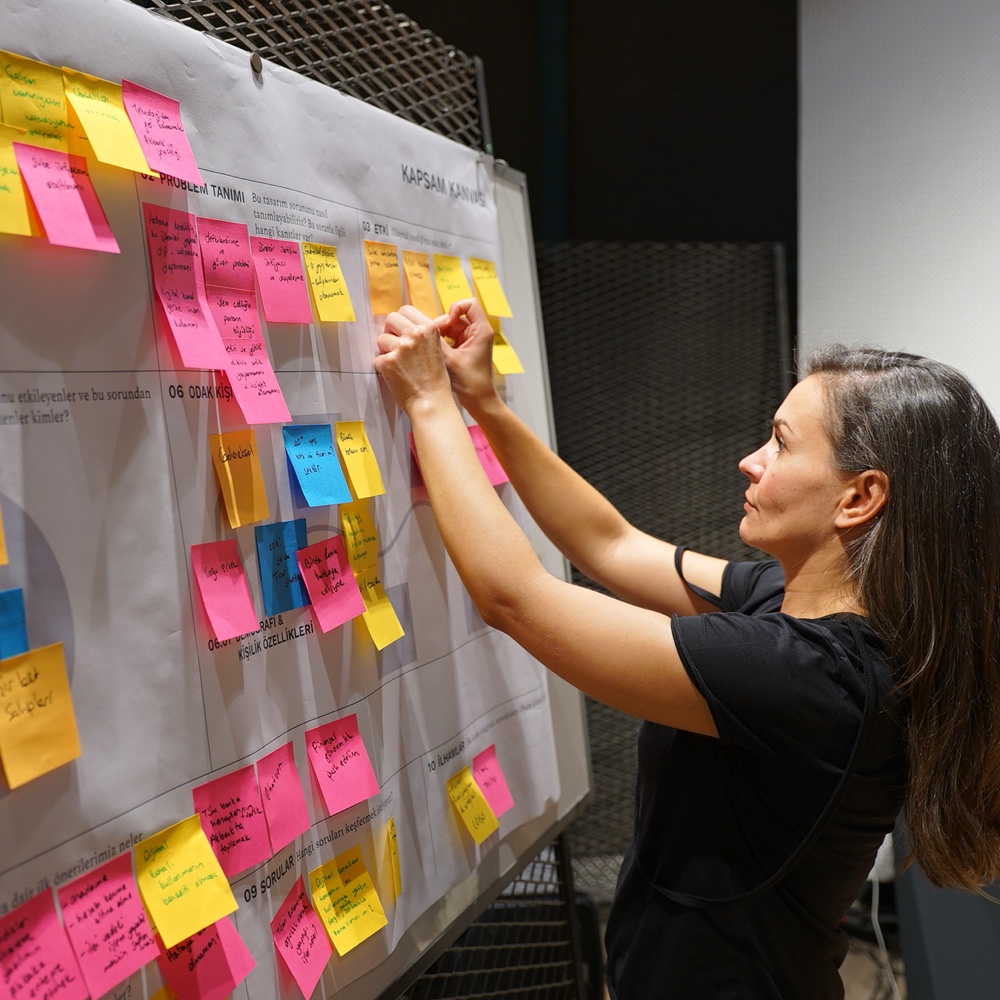Learning Hub
UI/UX DESIGN
Clean, bright, and vibrant - I designed imece's learning hub to let the content do most of the talking, featuring cards with images, descriptions, enrollment and instructor info, and dates/course length when applicable.
ARCHITecture
To cultivate a sense of community while also allowing for engagement at any time, I worked with imece's learning designers on a structure that included on-demand courses, as well as "Group Courses" taught on a schedule that coincided thematically with design challenges to support participating teams.
















